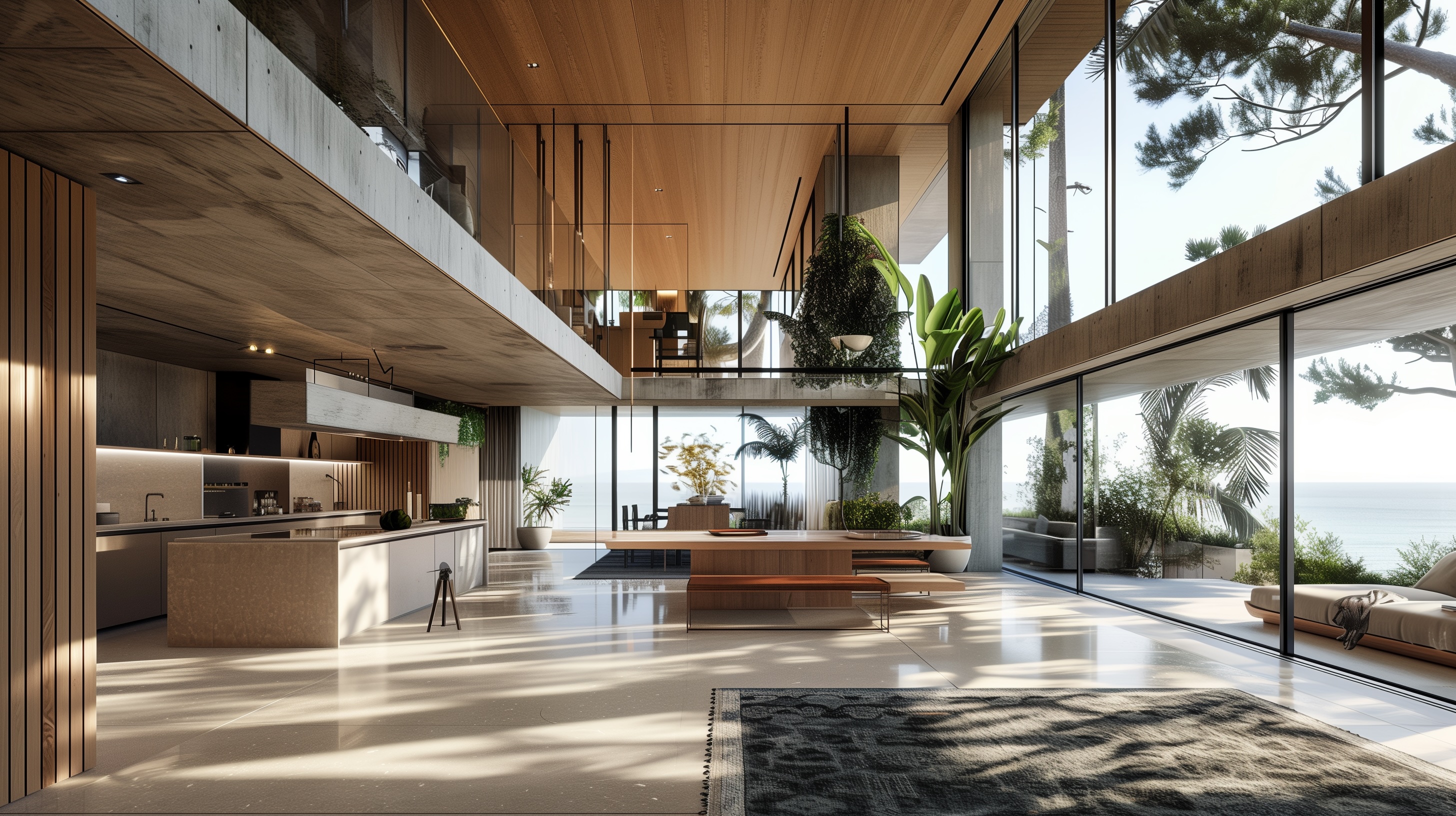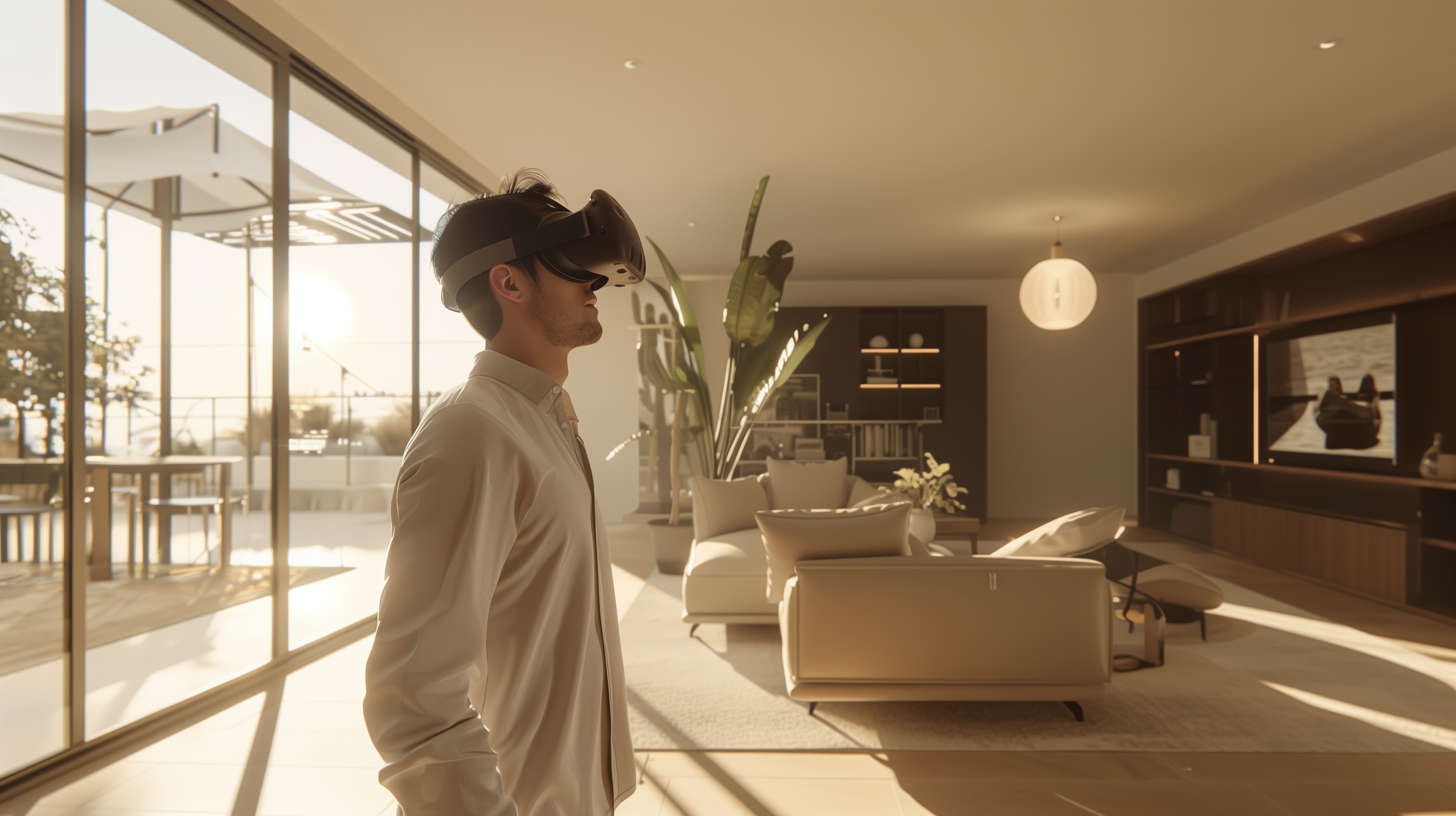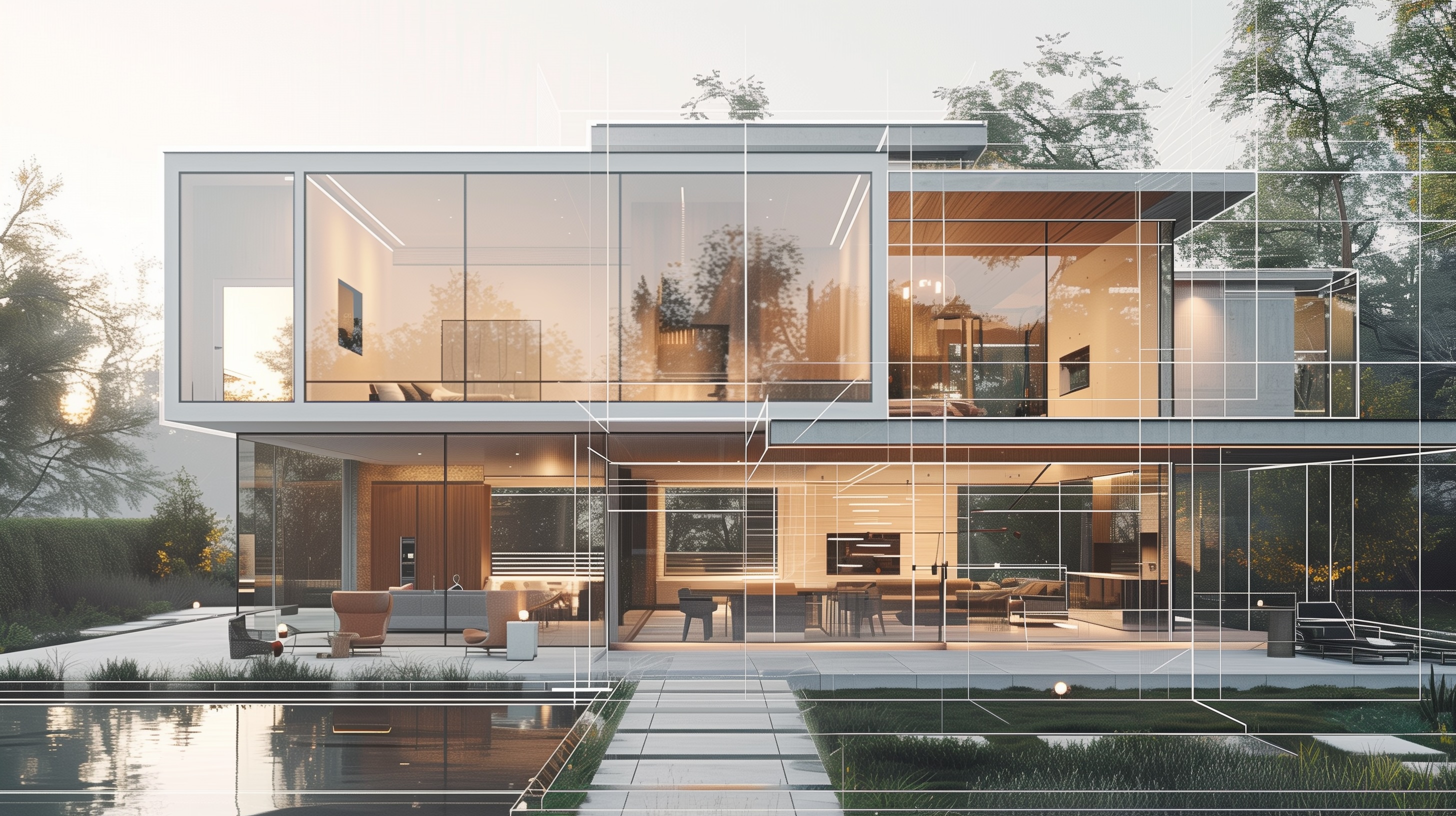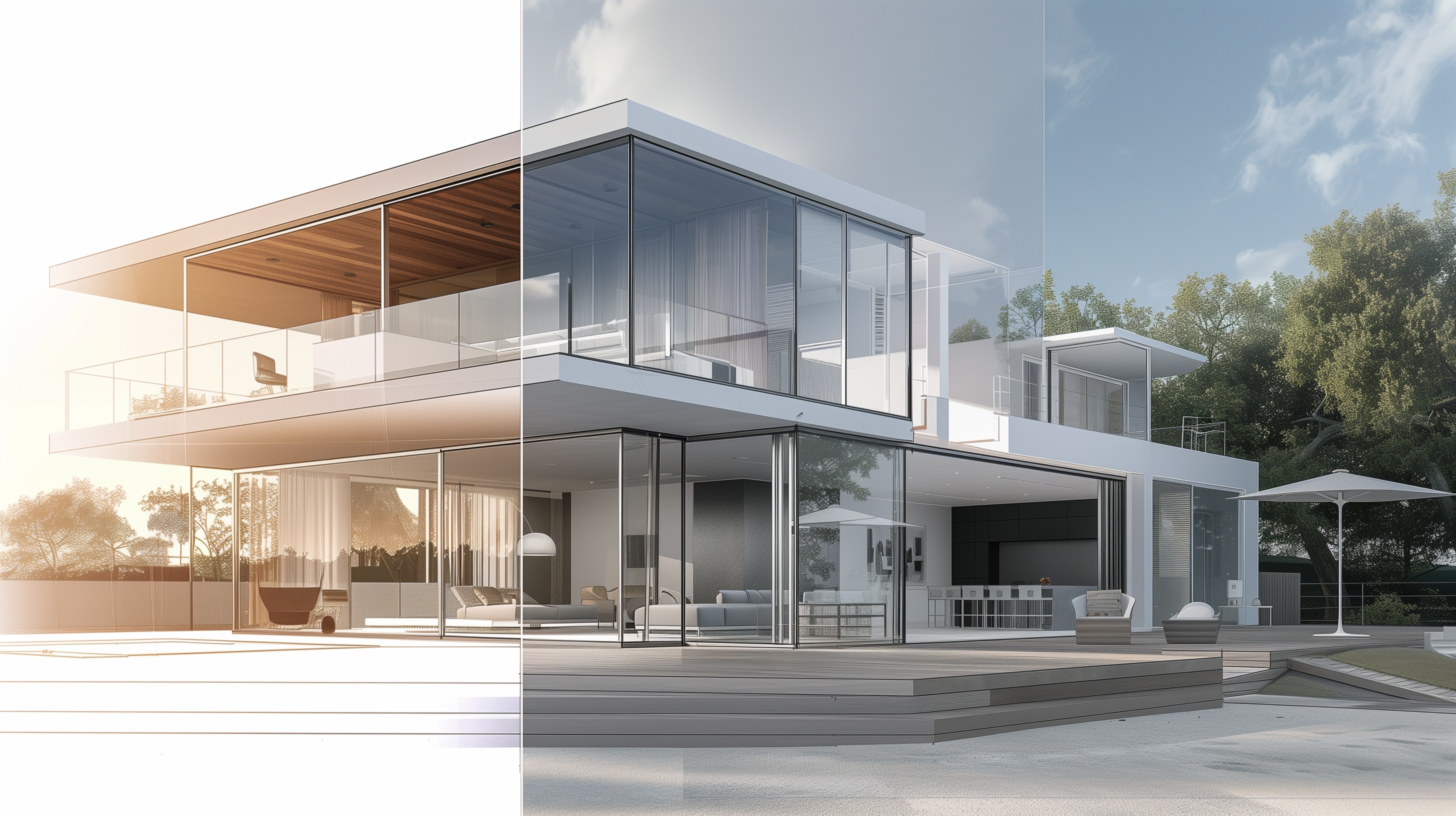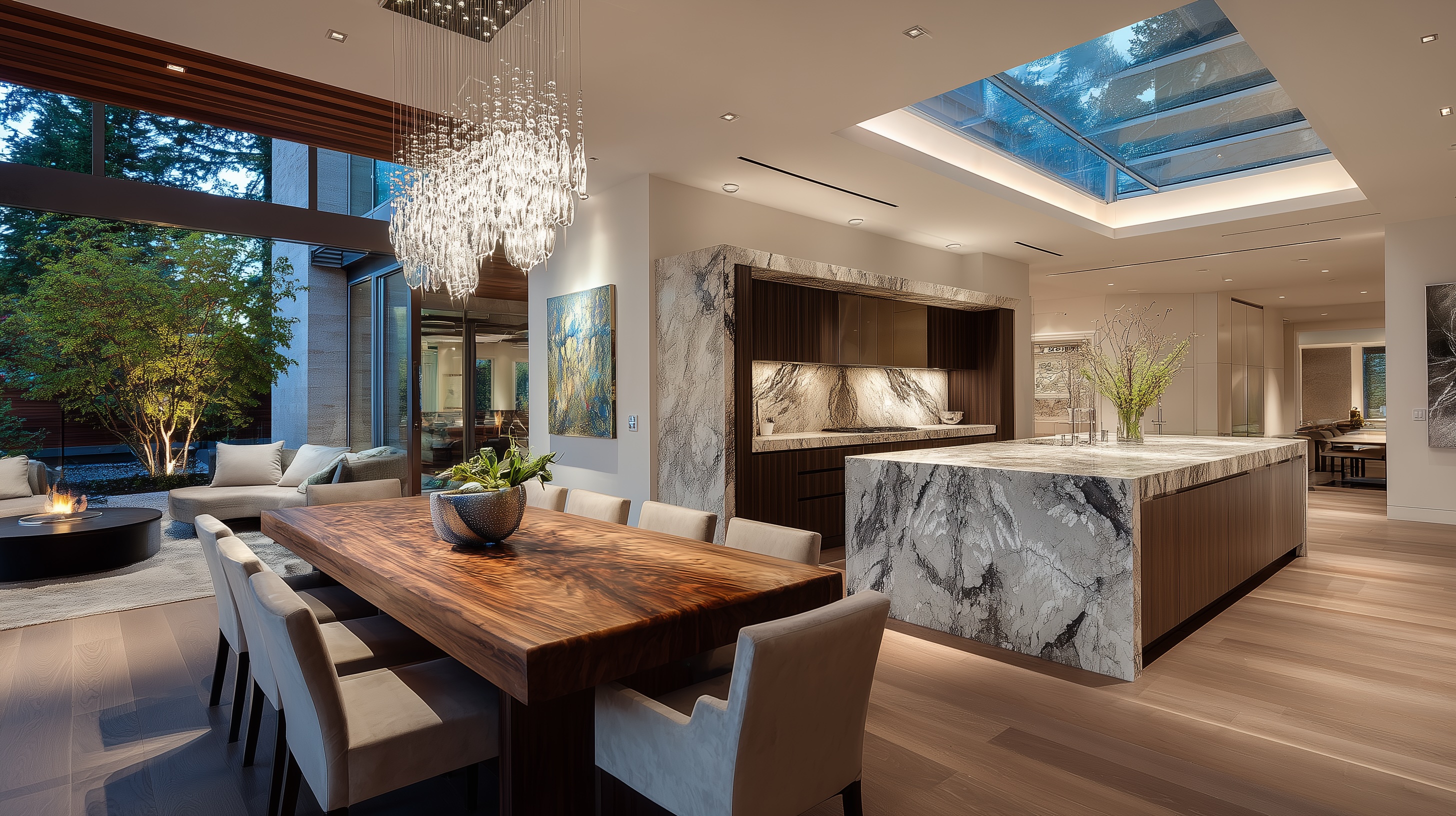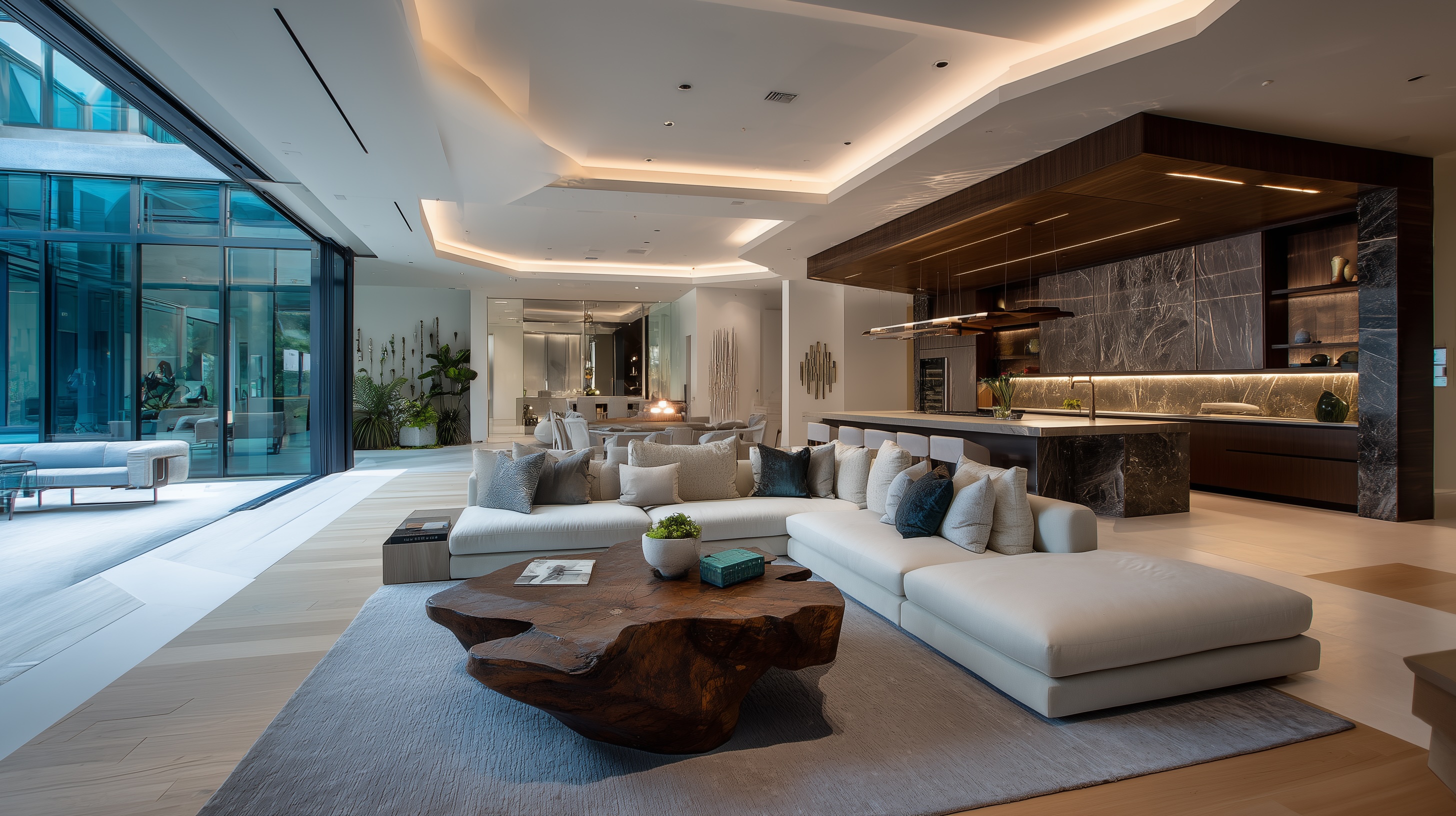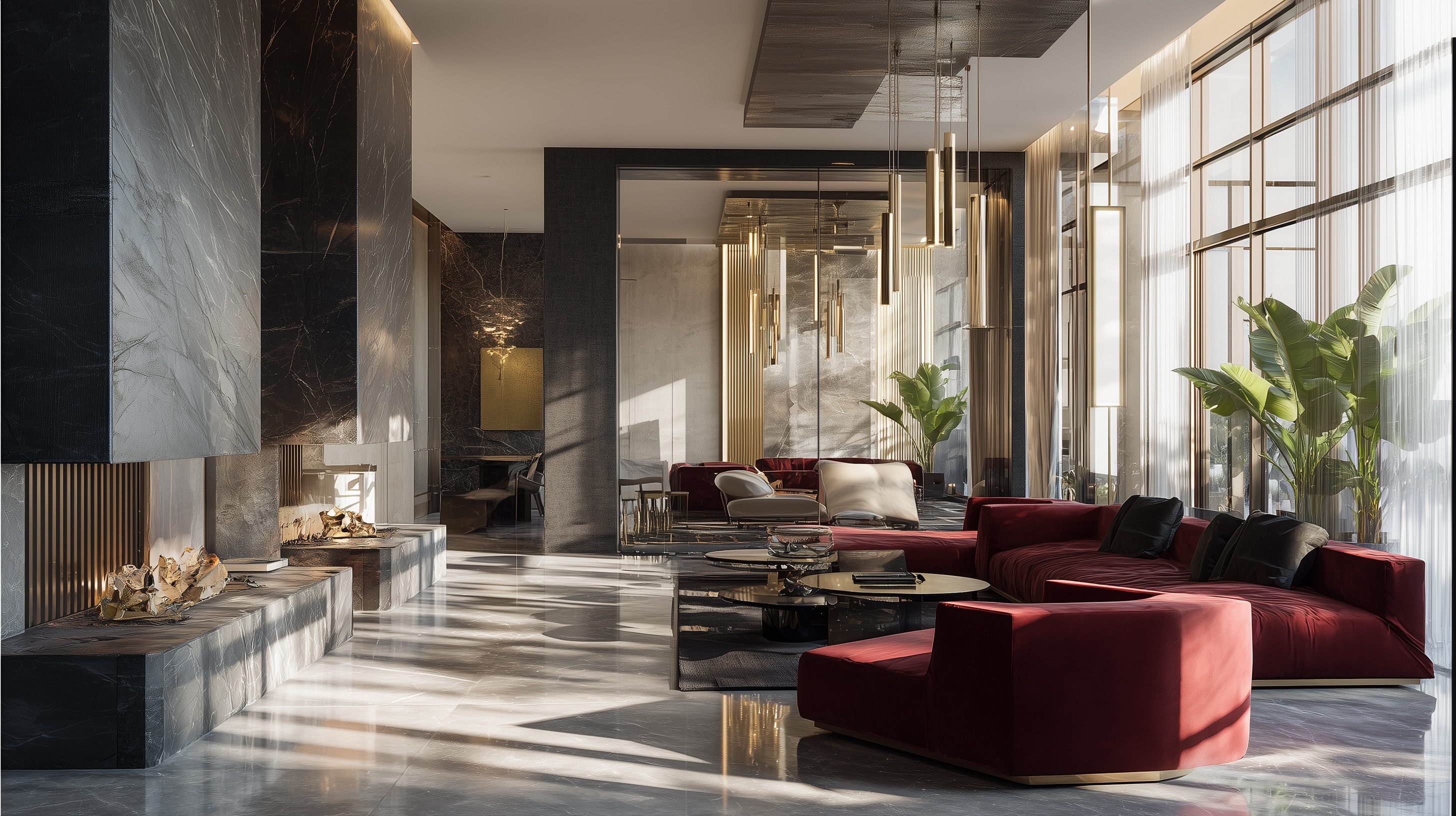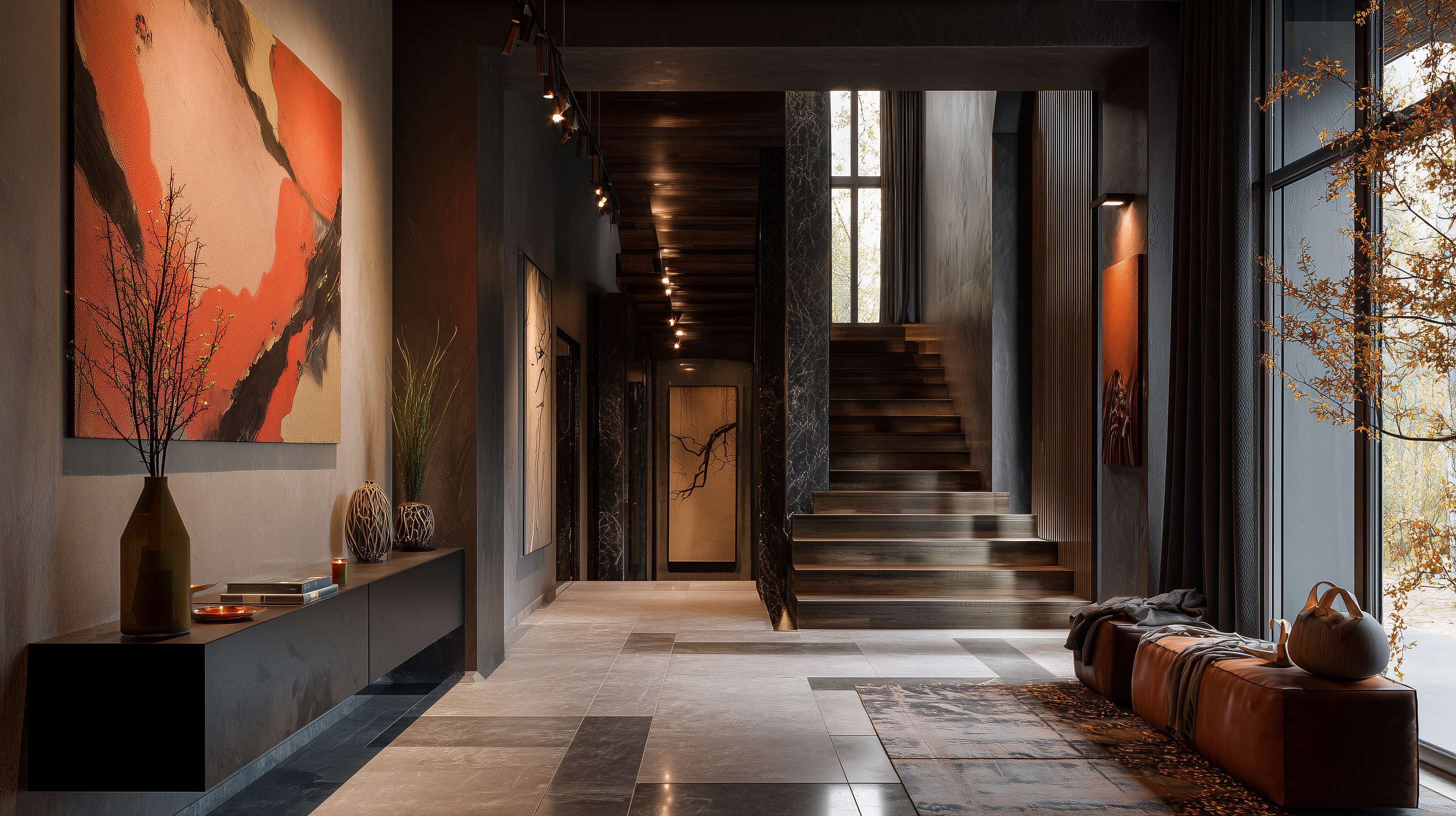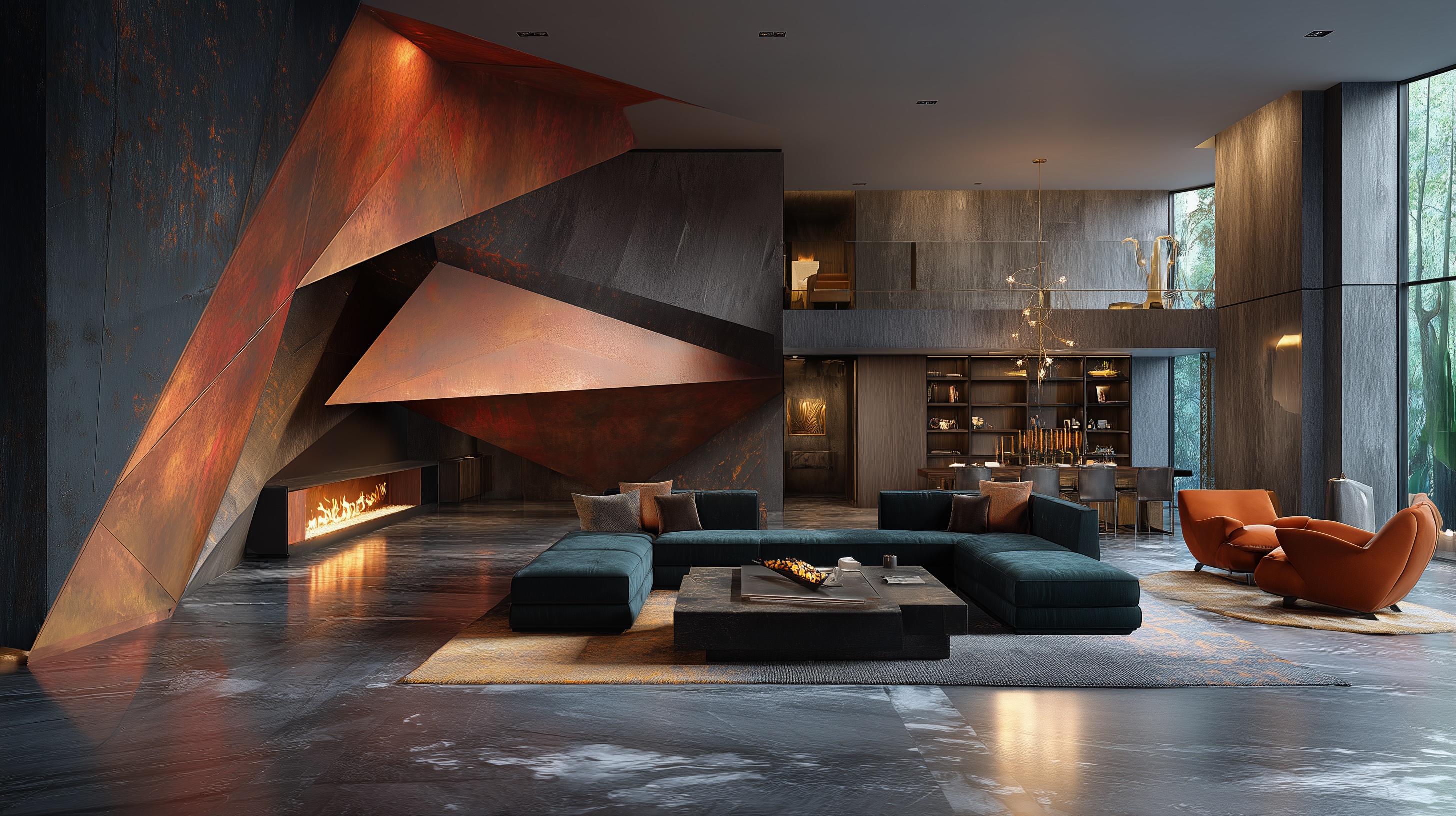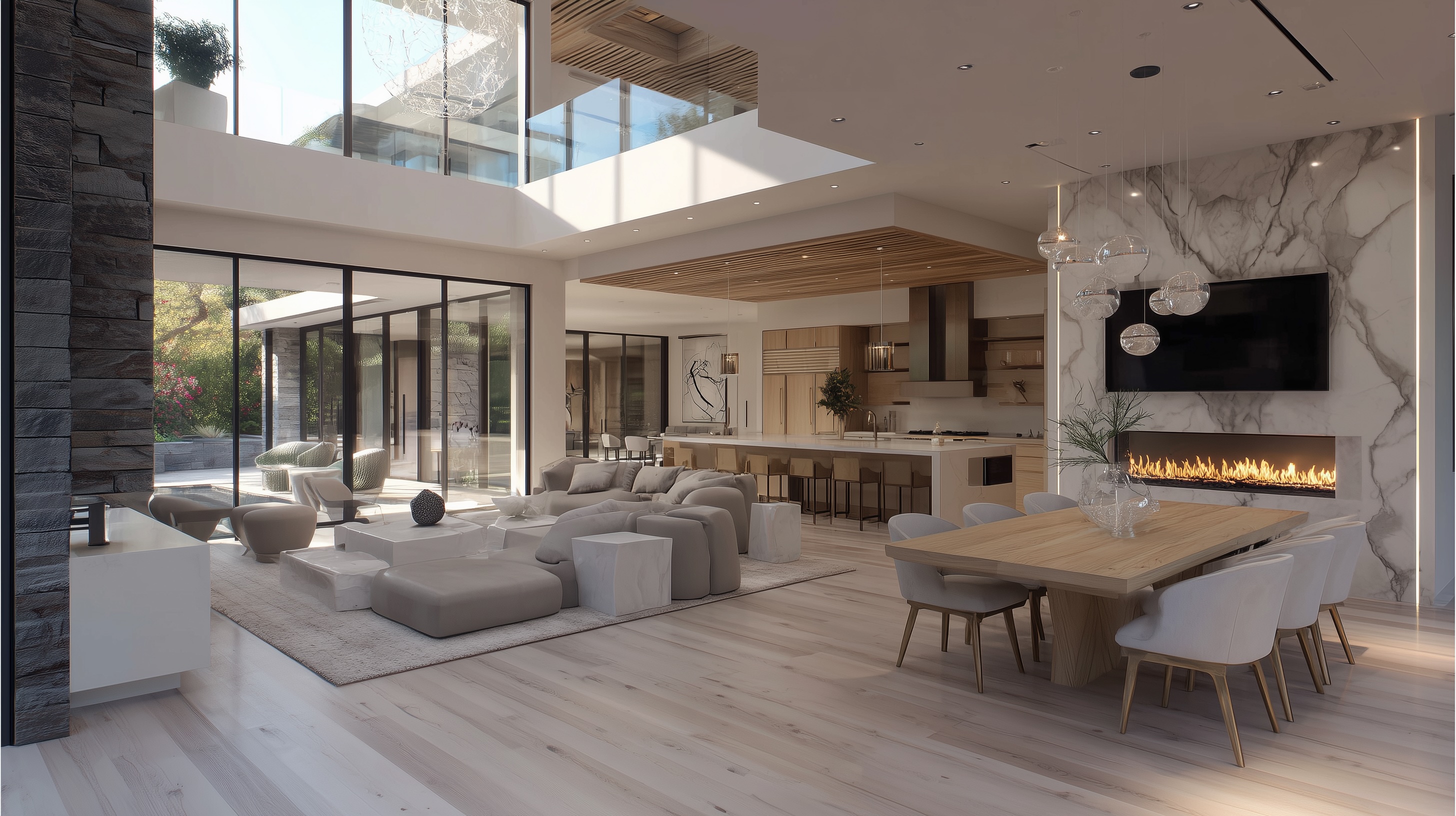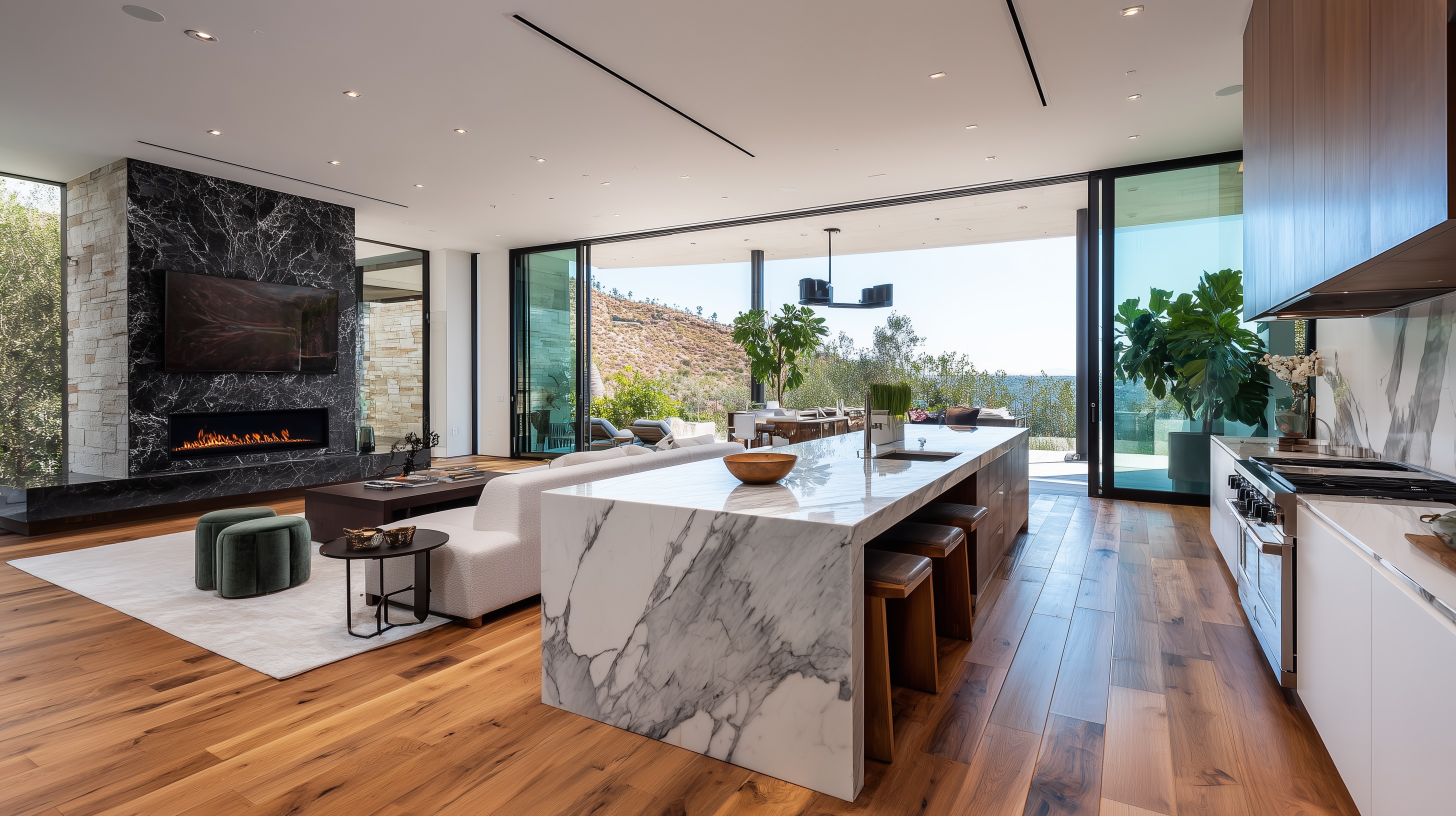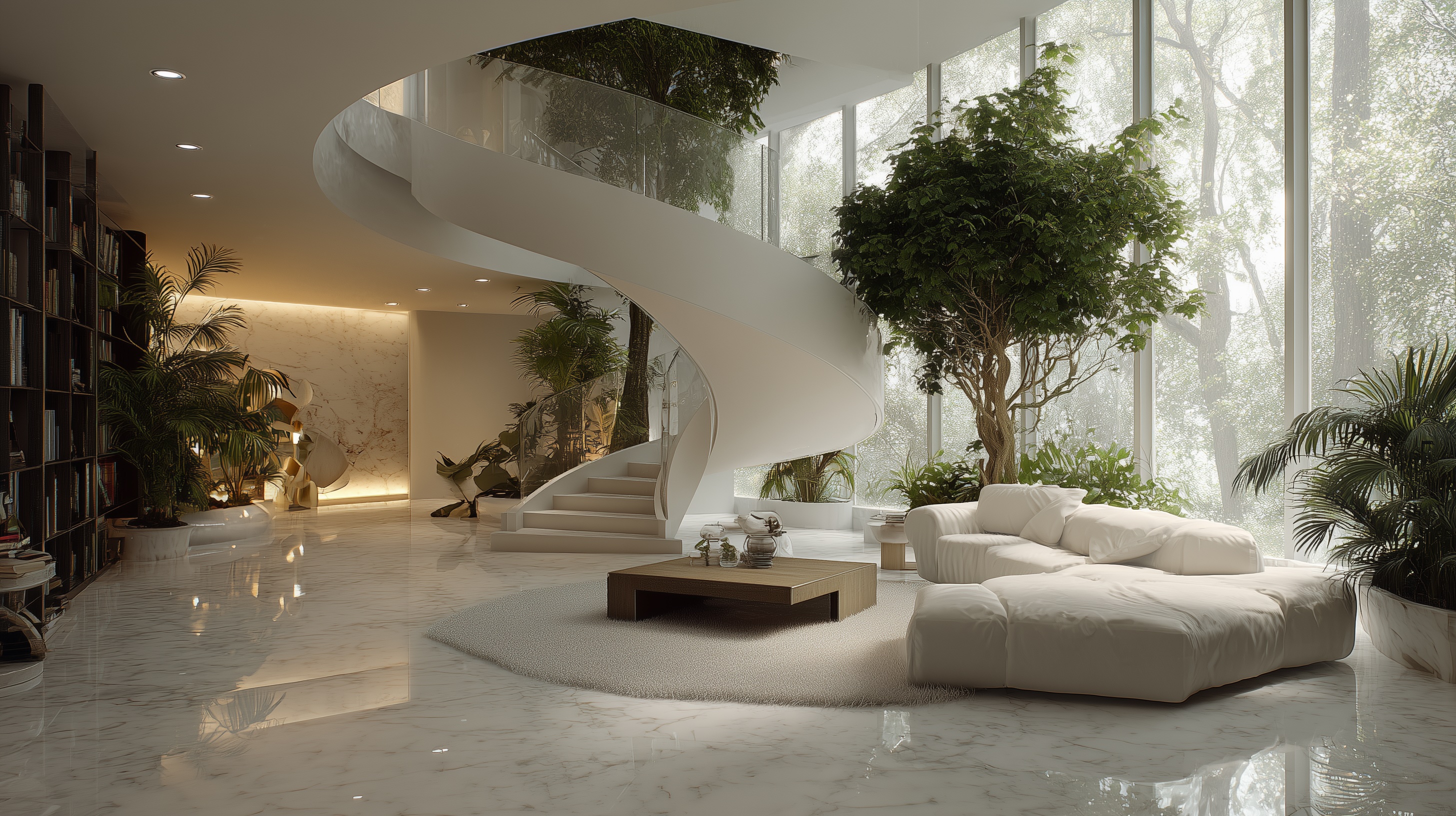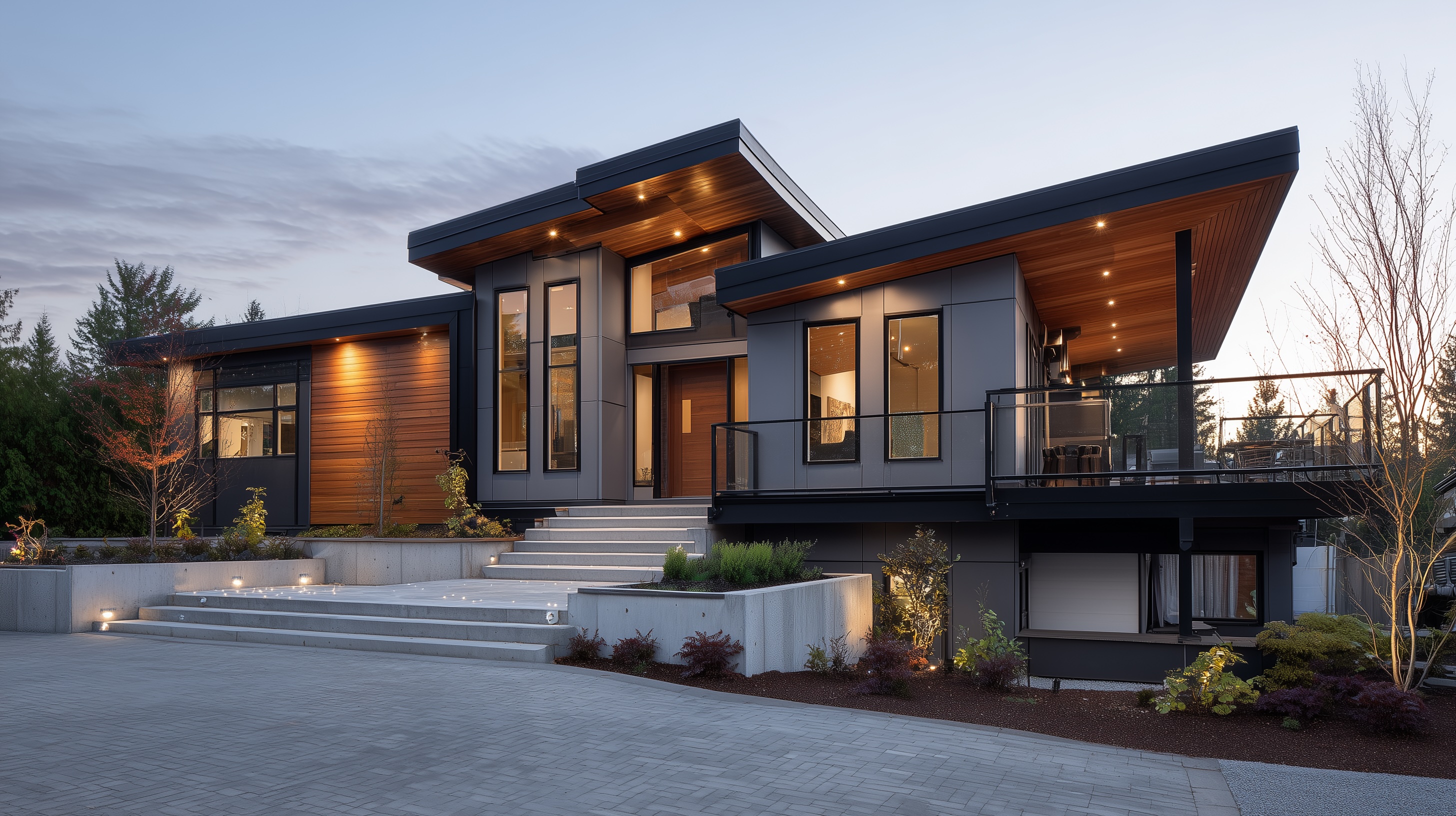The Beauty of Restraint: Why Great Architecture Doesn’t Try to Do Too Much
The Beauty of Restraint: Why Great Architecture Doesn’t Try to Do Too Much
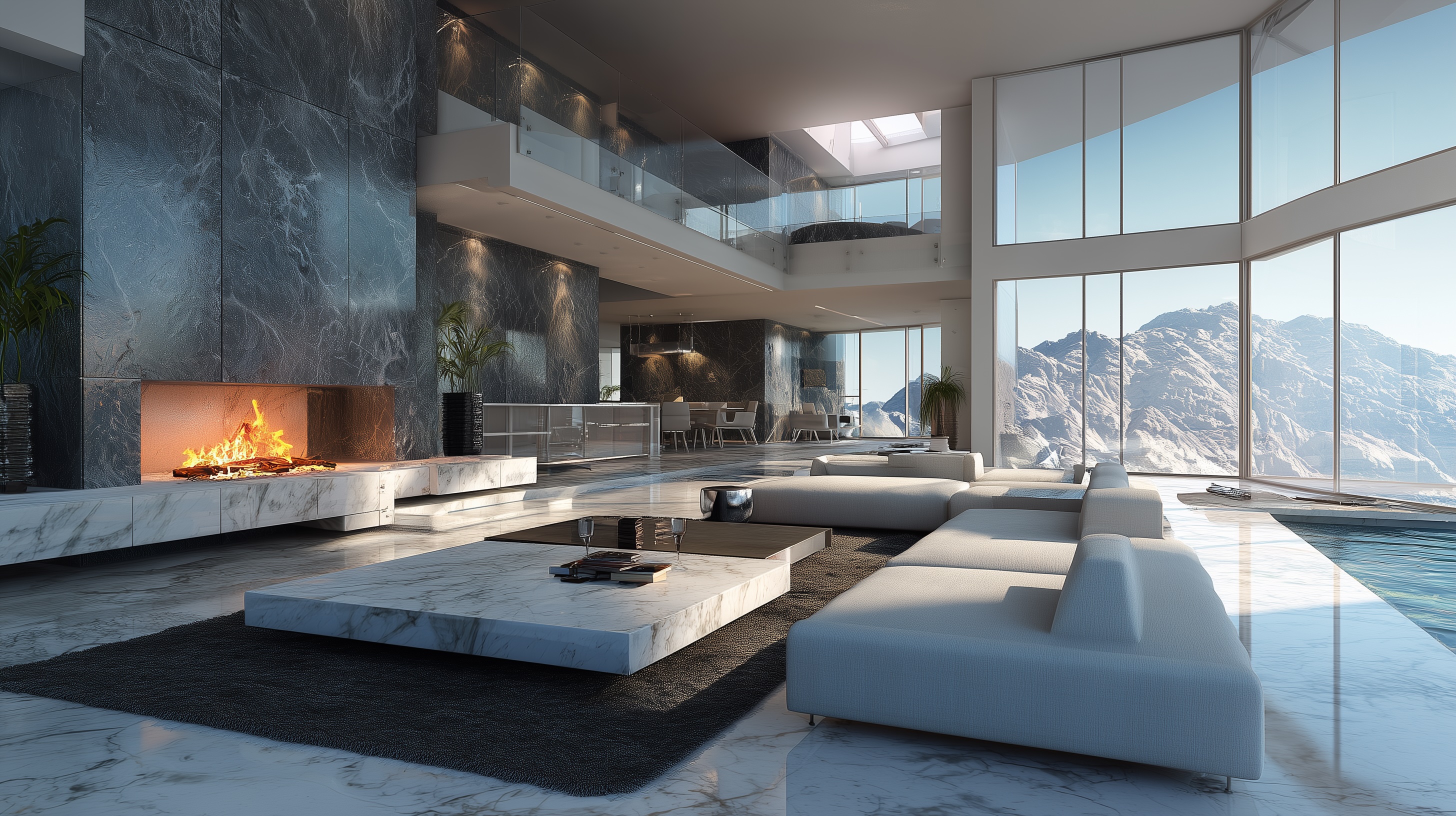
In a world overflowing with information, noise, and novelty, restraint has become a radical act. Nowhere is this more powerful—or more misunderstood—than in architecture. Great design isn’t about cramming in features or chasing trends. It’s about clarity. Purpose. And the courage to leave things out.
Simplicity Is Not Simpler
Minimalism often gets a bad rap for being cold or clinical. But at its best, it’s not about removing emotion—it’s about distilling experience. Good architecture doesn’t feel empty; it feels intentional. It’s not that there’s less—it’s that there’s nothing extra.
True restraint asks: Does this element serve the space? The people who live here? Or is it just decoration? Every beam, window, and material has a job to do. When that job is clear, the result feels effortless—yet quietly powerful.
Editing Is a Superpower
As architects and builders, we often begin with abundance: big ideas, ambitious requests, expansive wish lists. But the magic comes in editing. It’s the thoughtful removal of features that don’t belong—even if they’re beautiful. Especially if they’re beautiful.
Because a space that tries to be everything—open yet cozy, modern yet rustic, bold yet neutral—often ends up being nothing at all.
Good design speaks with intention. Great design whispers—yet it lingers with you long after you’ve left the room.
The Problem With Feature Creep
Feature creep—the gradual accumulation of “just one more thing”—can derail even the most promising architectural vision. A built-in here. An accent wall there. Another roofline. Another finish. Before long, the clean lines and coherent story start to blur.
Overdesign isn’t just a visual issue—it’s an emotional one. It leads to decision fatigue for clients, construction complications for builders, and a home that doesn’t quite know what it wants to be.
Saying no is part of the job. And part of the craft.
Minimalism With Warmth
So what does restraint look like? It’s not a gallery-like house with concrete floors and nothing on the walls. It’s the kitchen where light hits white oak just right. It’s a window seat that invites quiet moments. It’s a palette that breathes, not overwhelms.
Warm minimalism isn’t cold—it’s calm. It makes space for life to unfold. For books and pets and muddy boots. For laughter and silence. The architecture doesn’t compete. It supports.
The Role of the Architect as Editor
One of the most valuable things we offer as architects is not just vision—but discipline. We’re not here to add more. We’re here to help make choices. To guide clients away from clutter and toward coherence. From Pinterest boards to purpose.
A well-edited home doesn’t lack personality. It just knows itself deeply. It isn’t desperate to impress. It’s comfortable in its skin.
And that, more than anything, is the beauty of restraint.


%201.png)

